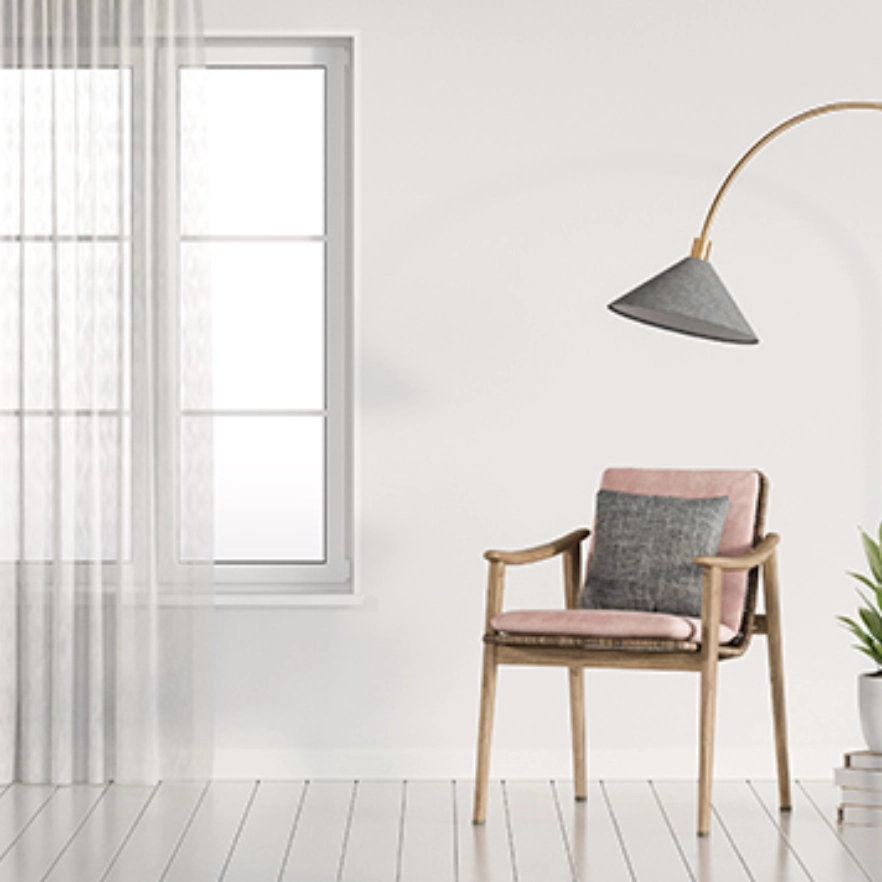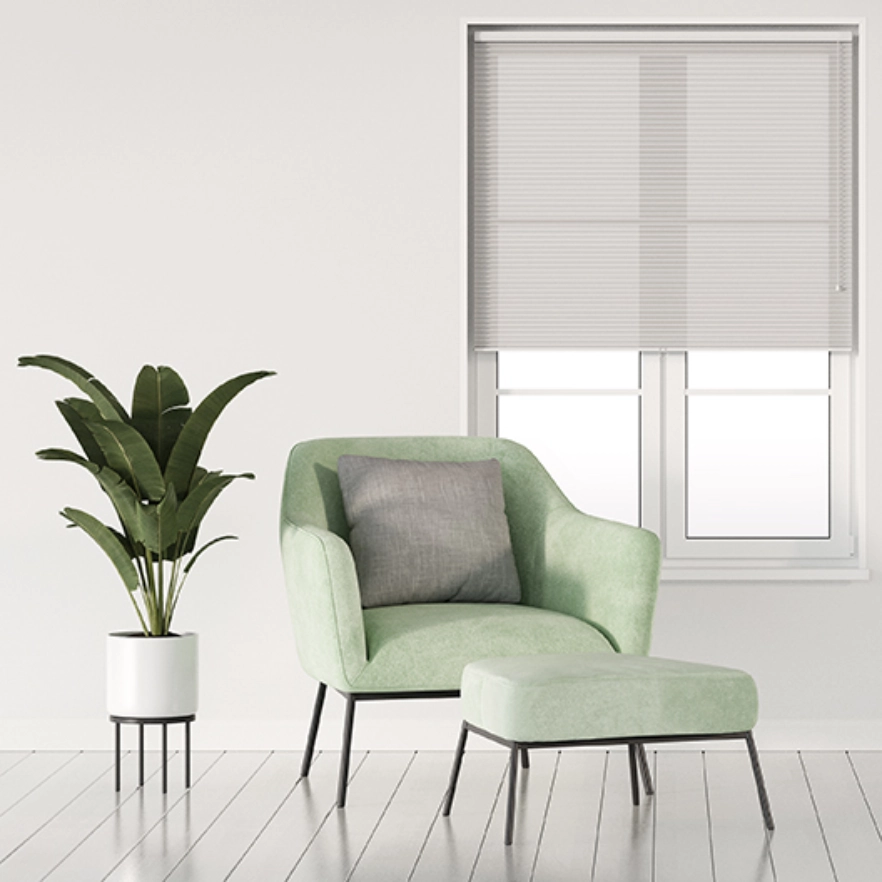How to combine blinds and curtains in your home
Both blinds and curtains have their own pros and cons but one of the biggest mistakes people make when choosing window furnishings is choosing just one type. Using both curtains and blinds in the same room or even the same window can look great and add to the functionality of the room.
Here are some ideas to make it work.
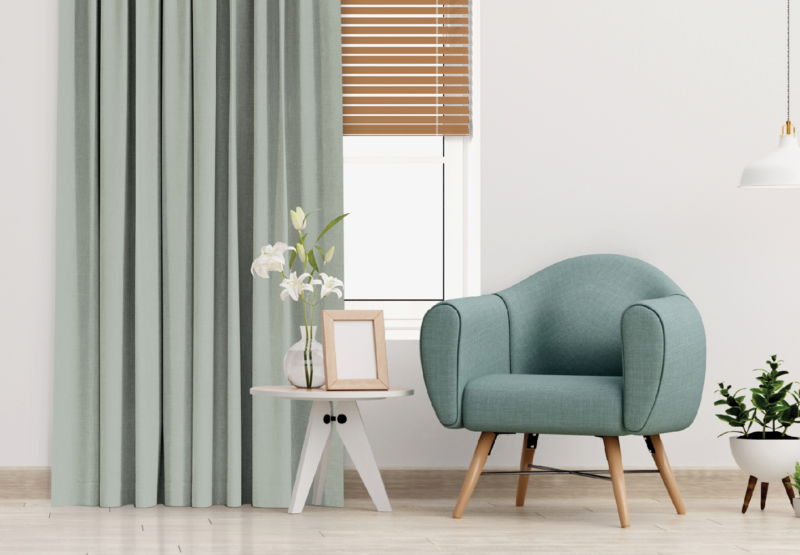
Try curtains over blinds
Mounting blinds closer to the window with curtains hung over the top is an incredibly functional option. Of course, the layout of your windows may vary so this doesn’t always work, but here are a few configurations that often work well:
- Lined curtains or sheers over venetian blinds
- Sheers over blockout roller blinds
- Lined curtains over sunscreen roller blinds
- Sheers over honeycomb blinds
- Roman blind over venetian blinds
- Curtains over venetian blinds (this option offers the most versatile light control due to the slats on the blinds.)
Use curtains and blinds on different windows
It’s very common to use both curtains and blinds throughout a home since different rooms have different needs. For example, you may want the bedrooms to feel cosy and be dark for a good night’s sleep while keeping the living areas feeling bright and airy.
You can also use both curtains and blinds in the same

Consider the size of each window
A general rule of thumb is that curtains are better suited to large windows while blinds are better for smaller ones. Of course, there are always exceptions to this, and you’ll want to consider the overall style of a room as well, but curtains tend to overwhelm small windows and some types of blinds can become unwieldy on large windows.
Vertical blinds are a common exception to this rule as they hang differently from other blinds, meaning they are better suited to large windows or sliding doors, especially in living areas.
Hang all the curtains and blinds at the same height
With a mixture of styles on different windows, it’s important to create a sense of cohesion in other ways and hanging them all at the same height is a great way to do that. If your windows are at different heights, just hang one window treatment higher to match the others.
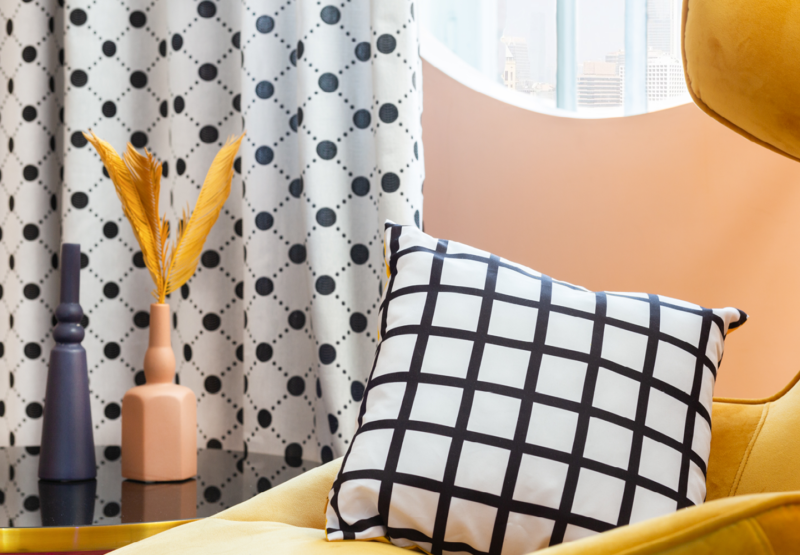
Mix up your prints and patterns (with caution)
Mixing up prints and patterns can be a fun way to bring some life into a room, but if you get it wrong, it can result in a complicated, messy style.
The key to making multiple patterns work is having an overall theme to guide you. For example, both a whimsical theme and an exotic theme might include floral patterns and stripes, but the whimsical choices will likely be softer pastel tones while the jungle theme will likely feature deeper jewel tones.
Another helpful tip in making print on print work is to vary the scale – if you choose multiple large prints they’ll be competing with each other and if you go with too many small prints, it will feel busy.
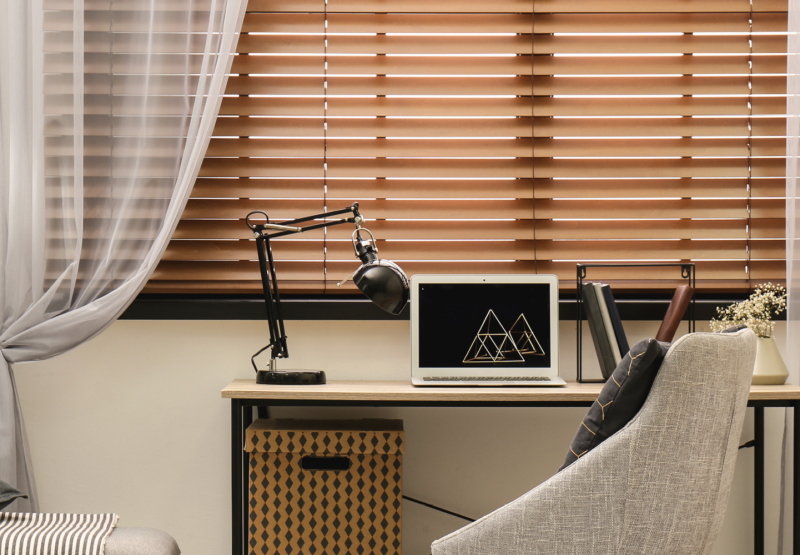
Stick to a colour scheme
Finally, the most important part of creating a cohesive style that includes both curtains and blinds is choosing a colour scheme.
Not only will choosing a colour scheme keep everything looking more put together, it will also make your life a lot easier by automatically eliminating options that don’t fit. There are a few ways to choose a colour scheme, but we recommend either monochrome or complementary.
Monochrome literally means ‘one colour’, so you might choose green or blue or yellow, but whatever you choose, you’ll be looking for tones and patterns that heavily feature that colour. There is always room to still incorporate 1 or 2 neutral tones (a light and a dark) to give the colour some space to breathe.
Complementary colour schemes utilise colours that are on opposite sides of a colour wheel to complement each other. This might mean choosing a pattern that incorporates a colour that is complementary to a feature wall.
If you’re looking at a more neutral colour scheme, be sure to decide if you want cool neutrals like crisp white, black or grey or if you’d prefer warm neutrals like cream, beige or charcoal.
Remember, you can always order fabric and material samples to help you see how the colours and patterns will look in different lights.
